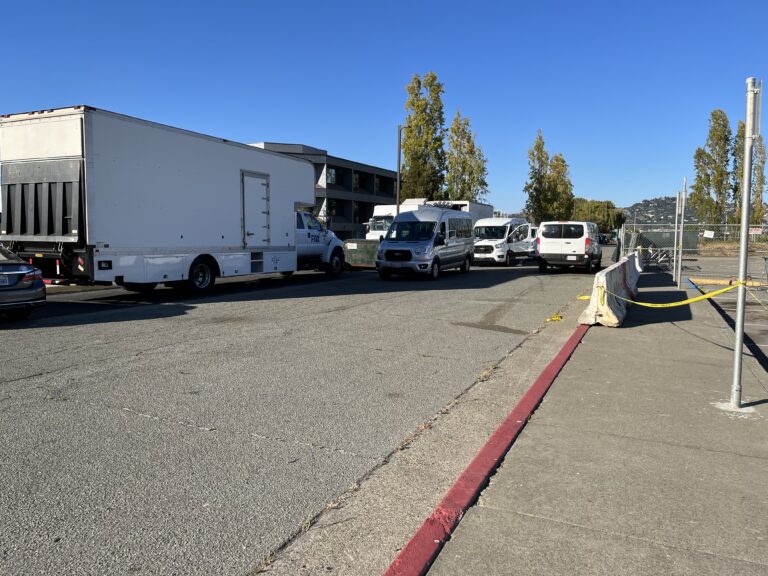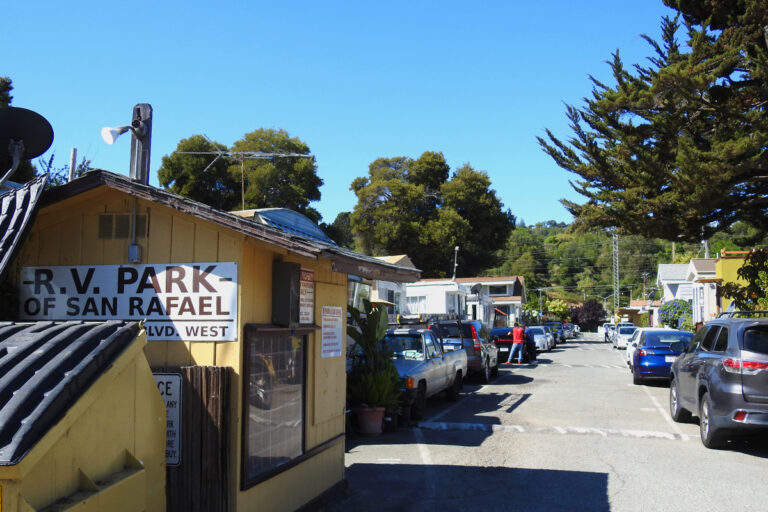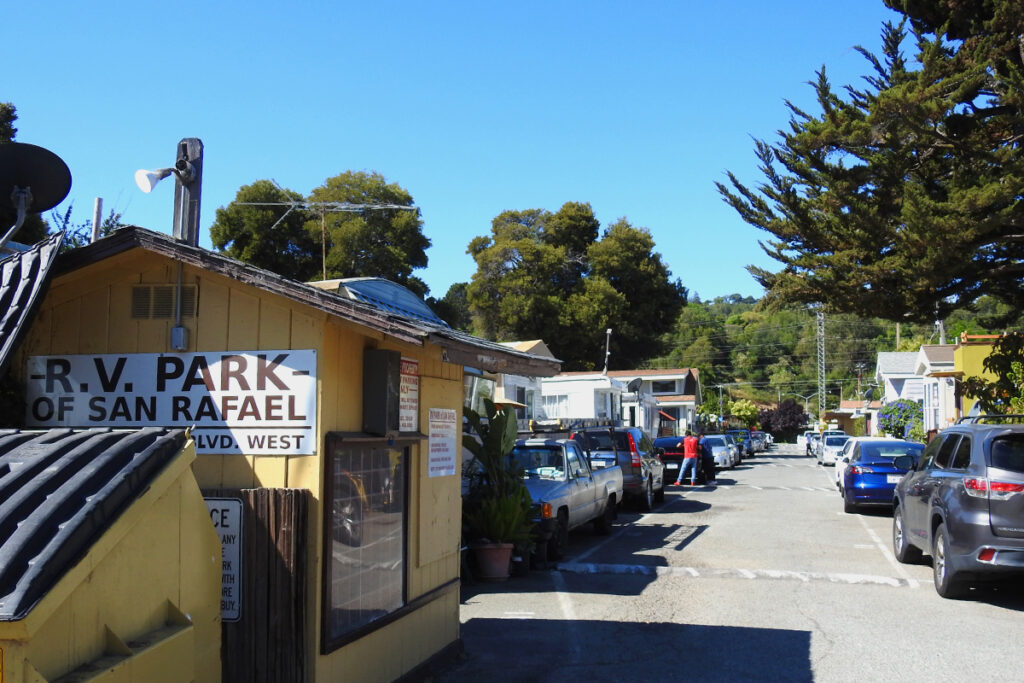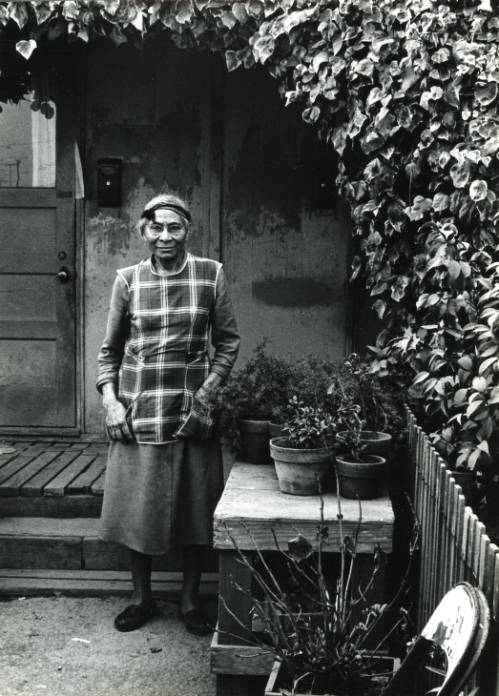Two new reports reach vastly different conclusions about racial disparities during police stops by the Mill Valley Police Department, one stating significant bias exists while the other infers the opposite.
The police department and a community group, Mill Valley Force for Racial Equity & Empowerment (MVFREE), both analyzed detention data collected by the police, including the perceived race of detainees and the outcome of stops conducted from June 1, 2021 through May 31, 2022. The staff report by Mill Valley Police Chief Rick Navarro doesn’t mention racial profiling by officers and makes no recommendations for improvement. MVFREE’s report finds racial bias and provides recommendations for addressing the issue.
The MVFREE number crunchers paint an alarming picture in their report, released on Sept. 26. Their analysis “reveals large and persistent racial disparities in Mill Valley police practices.” In addition, the report states the disparities occur throughout the detention process.
The Mill Valley police detain Black people at 6.5 times the rate of white people, according to the MVFREE analysis. Latinx people don’t fare much better, with the police stopping them at 3.2 times the rate of white people.
And it’s not just the police doing the racial profiling. Members of the Mill Valley community call the police about Black people at almost 20 times the rate of their calls about white people, according to the MVFREE report.
Conversely, the police staff report issued by the chief on Sept. 26, seemingly rejects that racial bias exists within the Mill Valley Police Department. For example, Navarro claims there’s an insignificant amount of data to conclude that Black and Latinx people are stopped at a rate much higher than White people, yet the data set includes 1,776 stops.
“MVPD additionally recognizes that data analysis will be more representative of MVPD’s overall work and perceptions when looking at data collected over a longer period,” the police staff report states, repeating the sentence from last year’s report, which was based on only three months of data collection.
Like other MVFREE members, Frank Shinneman, a retired business executive, takes issue with the Mill Valley police report. Simple math demonstrates the report contains flawed conclusions, such as looking at the daily influx of non-residents who come to Mill Valley as a reason for the increased stop rate of Black people, Shinneman said.
“While the MVPD report does show that Black people constitute 4.9% of the stops but only 1.2% of the residents, it waives any possible profiling conclusion by stating that the daytime in-commute brings in 15,000 people, doubling the population,” Shinneman said in an email. “The report provides no data on the makeup of the races of those 15,000 people. Yet the claim is essentially that if enough of the 15,000 are Black people, the daytime population would be similar to the stop percentage.”
“This can easily be calculated. It would take 1,250 additional daily Black commuters coming into Mill Valley to reach 4.9% of the city’s daytime population, which would then match the percentage of stops. That would be equivalent to 17% of Marin County’s Black residents, who live outside Mill Valley, visiting the city every day. Not too likely.”
The MVFREE report highlights the differences in the actions taken when Mill Valley police officers detain Black, Latinx and white people. Although Black people are searched at 3.12 times the rate of white people, the two groups are equally likely to possess contraband.
Black people are held in a police car during their detention at 3.25 times the rate of white people, and the duration of their detentions averages 36% longer, the MVFREE report states. Latinx people are detained for 20% longer than white people. Paradoxically, the report indicates there is no link between the lengthy detentions of Black and Latinx people and increased criminality.
Edmonson is quick to point out the racial inequity in detentions isn’t just a Mill Valley issue. Study after study has demonstrated that racial disparity in law enforcement is systemic, and frequently stems from implicit bias, rather than a conscious decision on the part of officers.
In contrast, Navarro’s report states that one reason police stops of Black people last longer than those of white people is because there are more passengers in the vehicles driven by Black people, presumably meaning that stops involve talking to each passenger. Still, this doesn’t explain why Black people are held longer in police cars during detention than white people. Nor is there an accounting for why Black people are searched during detention at a much higher rate than white people.
Although numerous studies show that scientists often reach divergent conclusions from the same data set, the variations in these two reports is somewhat surprising. MVFREE and the police chief have been meeting on a regular basis for more than a year to examine racial bias and best practices in policing. Navarro and Tammy Edmonson, a retired attorney and MVFREE member, agree the alliance is beneficial to the Mill Valley community.
“We have developed an active partnership with MVFREE,” Navarro said in an email to the Pacific Sun. “Through this collaboration and others, we have implemented several changes and expanded vital training for our staff. “
While some law enforcement agencies in Marin are resisting pressure for reform or implementing policies under the threat of civil litigation by aggrieved citizens, others are seeking the input of city-sanctioned committees and community groups. Edmonson commended Navarro, who has served as chief for less than two years, for being proactive.
“The police chief reached out to us,” Edmonson said. “From the get-go, the chief took a remarkably collaborative approach. He said, ‘I know it’s an important moment for policing, and I want to work with you.’ It’s resulted in an anti-bias policy that is stronger than in any other police force in the county.”
The new Bias-Free Policing policy implemented by Navarro contains substantial changes to the way Mill Valley police conduct business. California law mandates police officers attend approved refresher courses for racial or bias-based profiling training every five years; however, Mill Valley’s now requires the training every three years.
Another policy shift allows officers to determine, based on their bias training, whether calls for service from members of the Mill Valley community have “a legitimate law enforcement purpose before taking action.” With the MVFREE report showing that calls about Black people are at almost 20 times the rate of calls about white people, the new policy could reduce the number of Black people detained in the city.
Still, Edmonson is concerned about the considerable differences in the analyses contained in the two reports, both of which will be presented to the Mill Valley City Council at a meeting on Oct. 3.
“The purpose of the Chief’s Report seems to be to avoid and deflect from the compelling evidence of racial profiling in the MVPD RIPA [Racial and Identity Profiling] data,” Edmonson said. “This is disappointingly inconsistent with the candor and cooperation we have sought to cultivate in the year and a half that MVFREE and the police chief have been meeting.”
Despite the revelations in the MVFREE report, the group wants to make clear that the purpose of the report is to provide documentation of racial disparities and influence change, not to condemn the police department, Edmonson said.
The data used in the dueling reports was gathered by the Mill Valley Police Department to meet the requirements of Assembly Bill 953, the Racial and Identity Profiling Act of 2015 (RIPA), which requires law enforcement agencies to collect, maintain and report information on vehicle and pedestrian stops to the California Attorney General’s Office.
The legislation also established a RIPA board tasked with “eliminating racial and identity profiling, and improving diversity and racial and identity sensitivity in law enforcement.” The board advises using the “Ratio of Disparity” formula when analyzing the racial disparities in policing.
MVFREE applied the recommended ratio to the vast amount of raw data collected by the Mill Valley police, which allows for weighted comparisons of data from racial groups of varying sizes. It’s an essential component of an accurate analysis because Mill Valley’s population is 85% white, according to 2021 U.S. Census. The police staff report did not use the RIPA board’s ratio.
The question now is whether the Mill Valley City Council, and the police chief himself, will accept the analysis and recommendations in the MVFREE report.
The city council wasn’t receptive to a 93 page-report, issued in December 2020 by the Diversity, Equity and Inclusion (DEI) Task Force, which offered specific recommendations for systemic change throughout city government, including the police department. Shortly after the task force presented their report, the city council disbanded the group without implementing any of the recommendations.
Many believe the city council established the 22-person DEI Task Force simply as a performative measure to calm a conflict caused by Sashi McEntee, the former mayor. One week after George Floyd’s murder in 2020, McEntee responded to a question about what Mill Valley was doing to show that Black Lives Matter by stating that the council doesn’t “take action on issues that are not of immediate local importance.”
The members of the forsaken task force formed MVFREE, which now has a roster of more than 50 people working on various DEI projects in Mill Valley. MVFREE’s police working group has made the most impact to date, largely due to Navarro stepping up to the plate for police reform.
Despite the progress made under Navarro’s leadership, his report fails to acknowledge the experience of Black people in Mill Valley and throughout Marin County, which is troublesome when the data indicates the distinct possibility of racial profiling.
“This is one year of data,” Edmonson said. “Think about the total number of Black people affected year after year. Think about it. Black people have been saying, ‘It’s happening,’ and white people say they don’t see it. Now, we have the evidence that it is happening right here in Mill Valley.”
The MVFREE and Chief Navarro’s reports will be presented on Oct. 3 at 6:30pm during the Mill Valley City Council meeting.
Read MVFREE’s report at 2022 MVFREE RIPA Analysis & Report.
Read Chief Navarro’s report at https://cityofmillvalley.granicus.com/MetaViewer.php?view_id=2&event_id=1182&meta_id=85287.


























